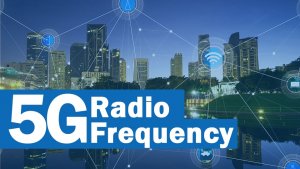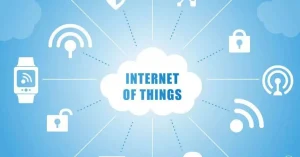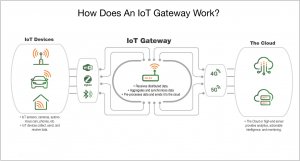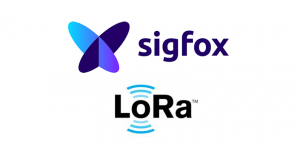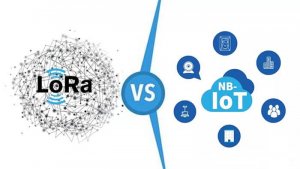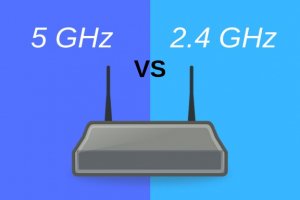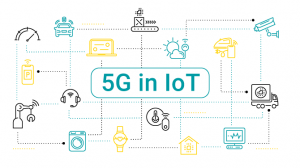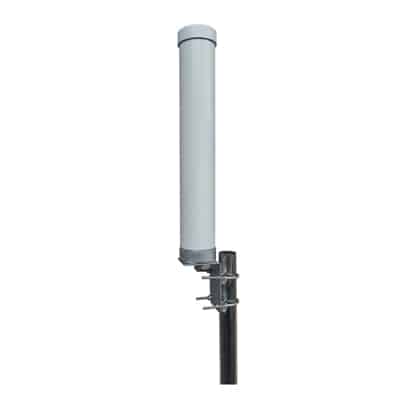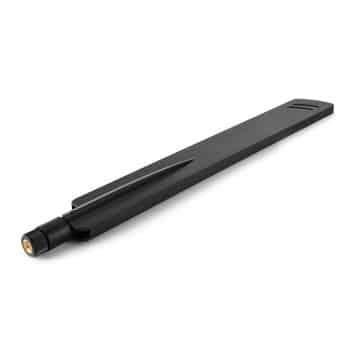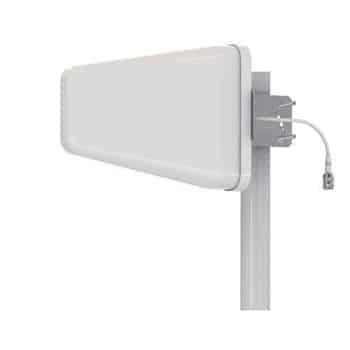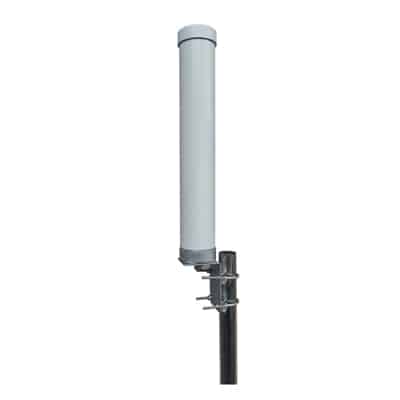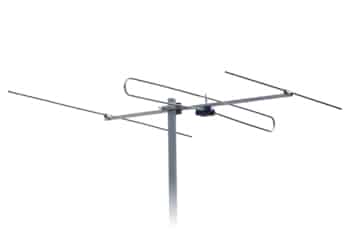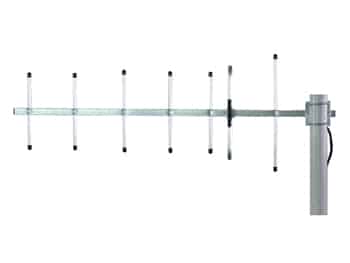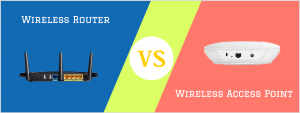
Difference between wireless access point and router
As technology grows new wireless devices come into the market. The new devices come into the market in order to help and maintain your home or business connectivity easier. To assist you in planning and assessing your home and business network, this article will comprehensively examine the similarities and differences between routers and access points(AP). What is Access Point Different devices are used in the wireless based network. In a wireless network, access point is the primary device that handles all the operations on the user side. Wireless access point connects all the user end devices and transmits all the data over the internet. All the devices that are available in the local area network are connected to the access point. As the wireless access point comes with wireless antennas so the access point easily increases the coverage of the Wi-Fi signals. A lot of users can connect with the single

